How to apply the default Windows style to the standard MessageBox in WPF?
For example, when I execute next code:
MessageBox.Show("Hello Stack Overflow!", "Test", MessageBoxButton.OKCancel,
MessageBoxImage.Exclamation);
I'm getting message box:

But in WinForms everything is OK with style:
MessageBox.Show("Hello Stack Overflow!", "Test", MessageBoxButtons.OKCancel,
MessageBoxIcon.Exclamation);
